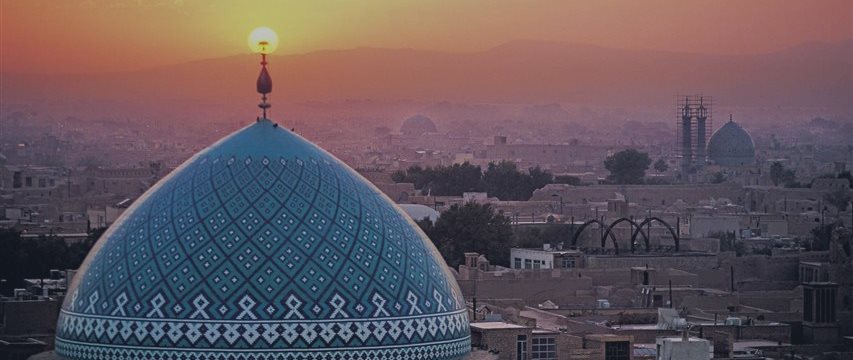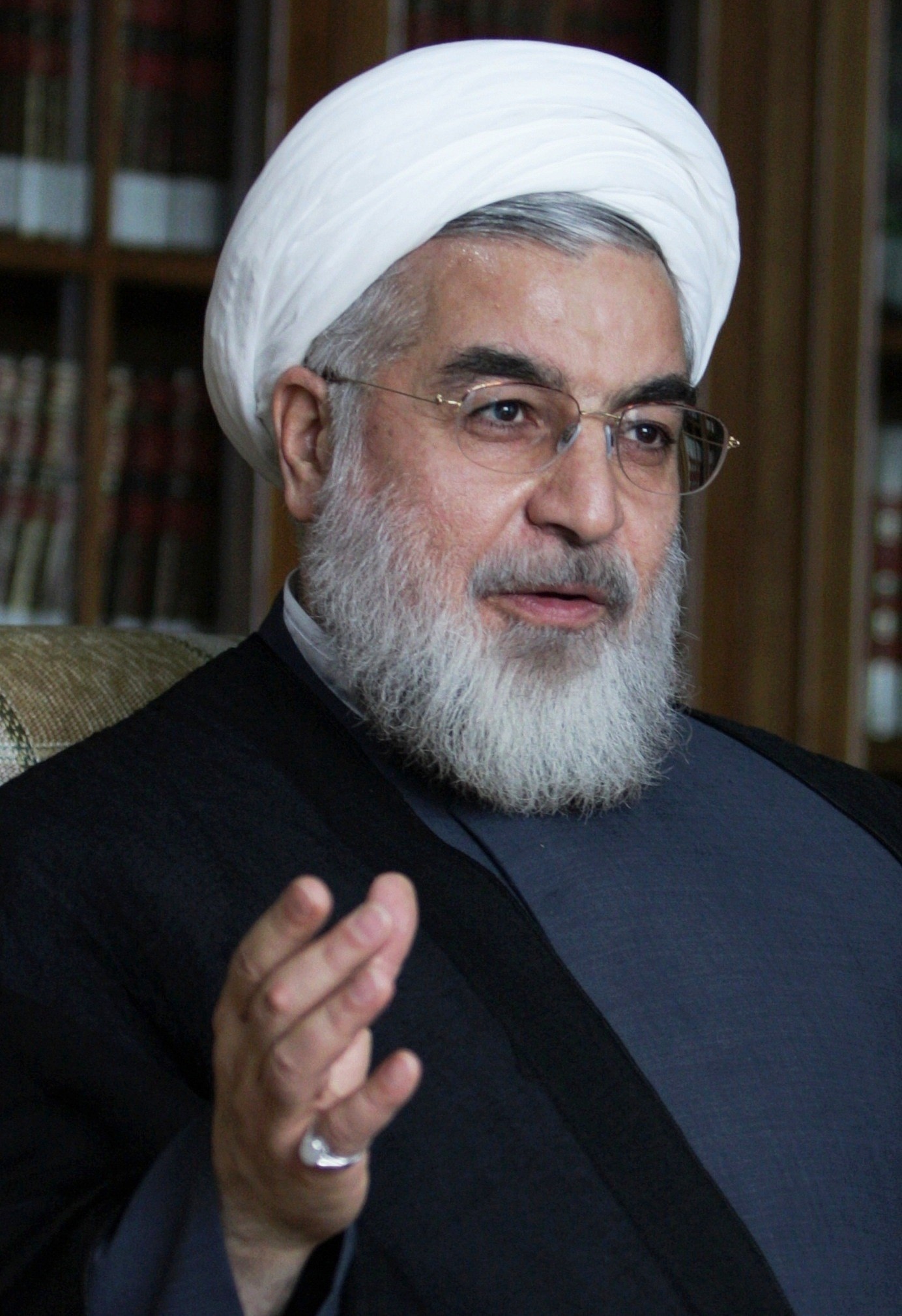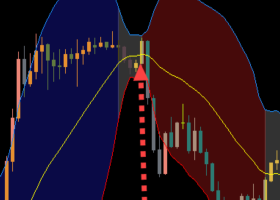
West - Iran détente: how much oil and gas will be released?
Now that the historic deal between Iran and world major powers is concluded, it is high time to remember how much oil and gas Iran might release into the already oversupplied market.
An official at the National Iranian Oil Company said on Wednesday that Iran's oil production can increase by 500,000-600,000 barrels per day (bpd), confirming the prospect of a ramp-up in supply from a nation that holds some of the world's largest oil reserves, said Reuters.
This sent oil prices lower Wednesday with Brent crude trading at $58.01 a barrel and U.S. futures losing 35 cents to trade at $52.69.

Iranian President Hassan Rouhani
Iran holds the
fourth largest oil reserves in the world, which compile around 158
billion barrels. It also sits on the second largest
reserves of natural gas. But the most of that is still to be explored
due to the isolation the country has faced in the recent years.
Iran has not been able to significantly increase its oil and gas production because of a lack of investment and trouble accessing capital. The International Energy Agency (IEA) says that about 50 percent of Iran's oil production comes from fields that are more than 70 years old.
After Iran's 1979
revolution, the U.S. oil companies have been blocked from the countries. As sanctions got tighter over the last years,
other exploration companies have been unable to operate there.
Neither Russia's Gazprom nor China's CNPC succeeded mostly due to disagreements with the Iranian authorities over delays in investment levels, which were tied to fears over international sanctions.
The Iranian government does not allow foreign ownership of its oil
reserves, deterring investment. Foreign companies are paid for production, but
cannot book the reserves. However, Iran might reform these terms in the coming
months as the deal was reportedly concluded
between the country and six major powers (the U.S., Russia, China,
Germany, Great Britain and France), which was directed to limiting
Iran's nuclear ambitions in exchange for lifting economic sanctions.
Removing the sanctions would let investors into the country.
So far, oil companies look interested. At the OPEC meeting in early June 2015, several firms spoke of possibilities in Iran. They also visited Iran for more direct talks. As the Financial Times reported, Royal Dutch Shell and Italian oil giant Eni traveled to Tehran in May and June to discuss areas of collaboration.
Most of the country's major oil fields are onshore. According to the EIA, Iran has several upstream projects in the works, and abolishing the sanctions could boost their development. The Yadavaran field, which is being developed by Sinopec, could start producing 85,000 barrels per day in 2016, but at the end of the day, in several years, the field could pump around 300,000 barrels per day.
The North and South Azadegan fields - those near the border with Iraq - could also spur Iran's output. China's CNPC is developing North Azadegan and expects to produce 150,000 barrels per day by the end of the decade. South Azadegan could produce 260,000 barrels per day, but there is no developing company yet.

The sector of natural gas also attracts much attention.
The South
Pars field accounts for 40 percent of
Iran’s gas reserves. The country has laid out 24 phases to develop South Pars,
which could eventually total $100 billion in development costs. Only
about one-third of the phases are completed, says CNNMoney.
In the Caspian Sea, Iran may also have around 500 million barrels of oil and 2 trillion cubic feet of natural gas, which are yet to be explored, as territorial disputes with Azerbaijan and Turkmenistan halted their development.
In
a nutshell, as multinationals find it hard to explore and develop new
large oil and gas fields, Iran is one of very few places offering them
potentials.
However, an element of risk appears for the companies, as Iran might break the terms of the agreement.
"Businesses have become terrified about doing business with Iran, and it's not easy to un-terrify them," the president of the National Iranian American Council, Trita Parsi, told Bloomberg.
However, a possibility of Iran breaking the terms of the agreement hardly calms market worries.
Although analysts said it would take until 2016 before the country returns to full-scale oil exports, most predict that there would be an export surge of around 200,000 barrels per day in the short term. The global crude market already has a 2.6 million bpd surplus.
“It’s all worries about supply now,” said John Kilduff, partner at New York energy hedge fund Again Capital. “It just spells glut, no matter how you look at it.”


